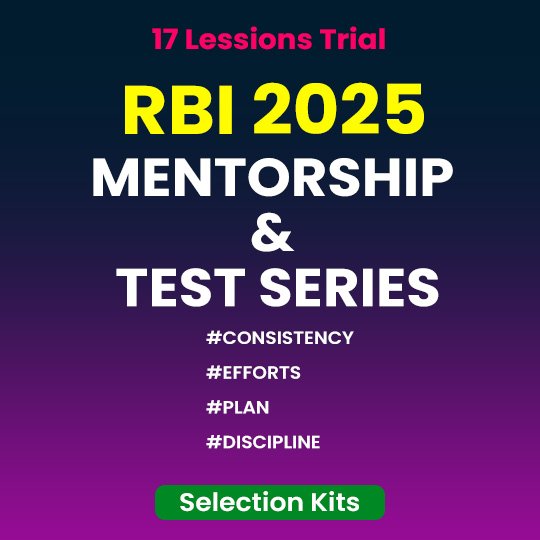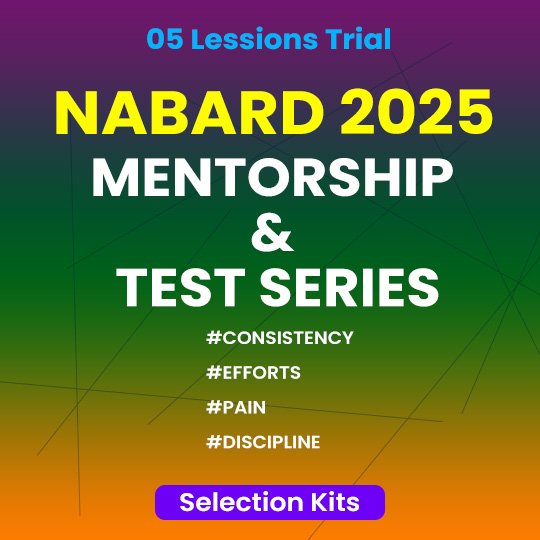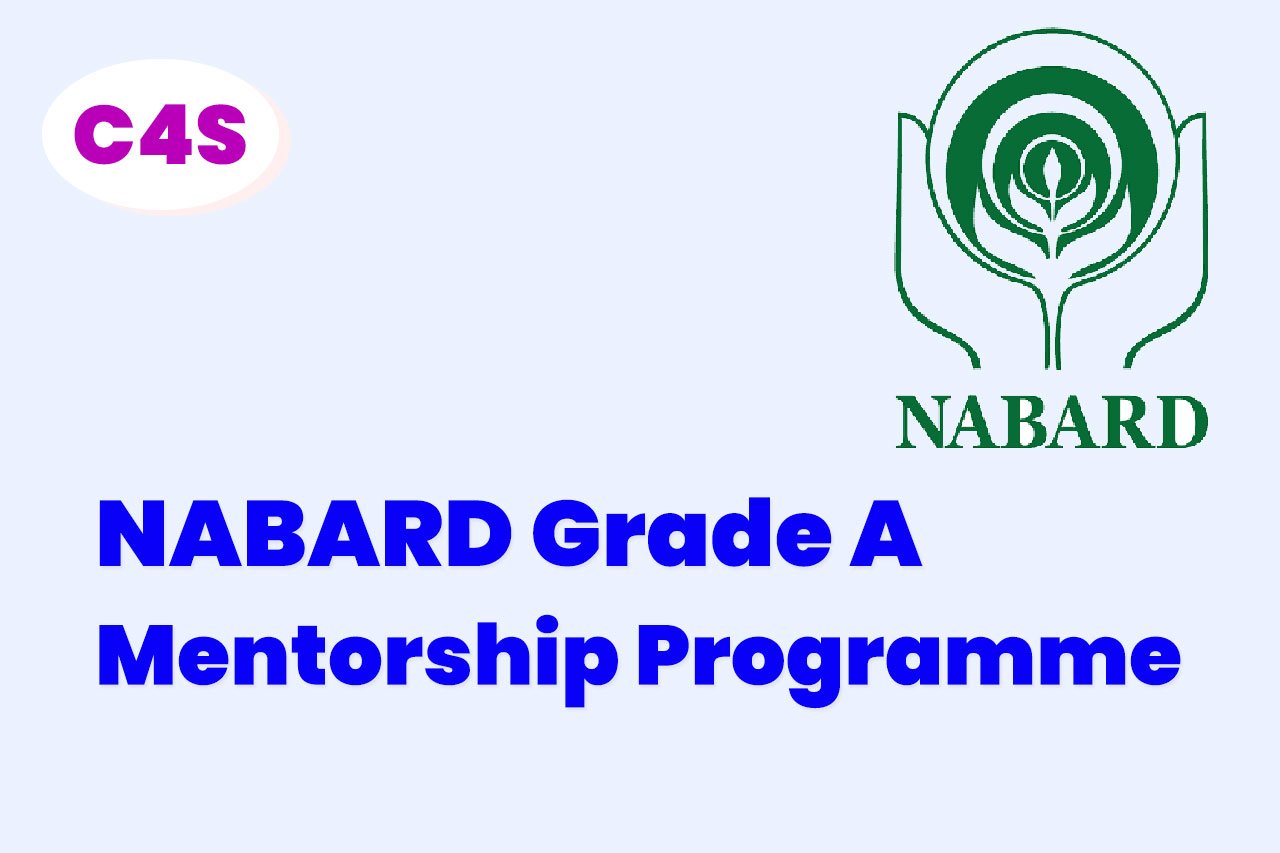Daily Current Affairs Quiz
11 July, 2025
National Affairs
1. TALASH Initiative
Context:
The Ministry of Tribal Affairs, in collaboration with UNICEF India, has launched TALASH (Tribal Aptitude, Life Skills, and Self-Esteem Hub) — a first-of-its-kind national platform designed exclusively for tribal students enrolled in Eklavya Model Residential Schools (EMRSs).
Key Highlights of TALASH Initiative
What is TALASH?
- Full form: Tribal Aptitude, Life Skills, and Self-Esteem Hub
- An innovative digital platform to help EMRS students with psychometric assessment, career counselling, and life-skills training.
Launched By:
- National Education Society for Tribal Students (NESTS)
- In collaboration with: UNICEF India
- Nodal Ministry: Ministry of Tribal Affairs, Government of India
Objectives of TALASH
- Foster self-awareness and personality development among tribal students.
- Enable aptitude-based career decision-making through psychometric assessments.
- Equip students with life skills such as communication, emotional intelligence, and decision-making.
- Train teachers as student mentors and life skill facilitators.
Core Features of TALASH
- Psychometric Testing
- Based on NCERT’s Tamanna model.
- Generates individual Career Cards aligned to students’ aptitudes and aspirations.
- Career Counselling Modules
- Offers detailed information on career options best suited to student profiles.
- Promotes informed, interest-aligned career planning.
- Life Skills & Self-Esteem Modules
- Covers emotional resilience, conflict resolution, and self-confidence.
- Encourages value-based growth and socio-emotional development.
- Teacher Training Portal
- 189 EMRS teachers across 75 schools already trained.
- Supports peer-led mentoring and capacity-building across tribal regions.
- Phased National Rollout
- Targets 1.38 lakh+ tribal students across 28 States and 8 UTs.
- Full coverage expected by end of 2025.
- Initiated through city-level pilots for seamless adoption.
Significance of TALASH
- Empowers tribal youth through personalised digital learning.
- Bridges the aspirational, emotional, and academic divide in tribal education.
- Supports the NEP 2020 vision of holistic, inclusive, and skill-oriented education.
- Reaches remote tribal areas through tech-enabled innovation.
2. Aadi KARMAYOGI Mission Launched
Context:
In a historic stride towards Viksit Bharat @2047, the Ministry of Tribal Affairs has launched the first Regional Process Lab (RPL) of the Aadi KARMAYOGI – National Mission for Responsive Governance in Bengaluru, Karnataka. This flagship initiative aims to build a cadre of 20 lakh tribal grassroots functionaries, empowering them as agents of inclusive, last-mile governance in tribal areas across India.
What is Aadi KARMAYOGI?
Aadi KARMAYOGI stands for “Tribal Responsive Governance”, a bottom-up reform mission aligned with national goals such as PM-JANMAN, DAJGUA, and Mission Karmayogi. The programme is a whole-of-nation initiative rooted in tribal wisdom, empathy, and convergence.
Key Objectives:
- Build a dynamic cadre of tribal changemakers and governance facilitators.
- Bridge the last-mile service delivery gap through localized, participatory governance.
- Align tribal aspirations with responsive and accountable institutions.
- Foster convergence between ministries, civil society, and communities.
Banking/Finance
1. Finance Ministry Seeks Control Over National Health Claims Exchange (NHCX)
Context:
To enhance transparency, curb inflated medical bills, and streamline insurance claims, the Department of Financial Services (DFS) under the Finance Ministry has initiated a move to gain control over the National Health Claims Exchange (NHCX)—currently managed by the Health Ministry.
Key Highlights:
What is NHCX?
- A digital platform that connects:
- Insurance companies
- Healthcare service providers
- TPAs (Third Party Administrators)
- Government insurance schemes
- Aim: To automate and streamline health insurance claims and settlement.
Why the Finance Ministry Wants Control:
- DFS is in talks with the Prime Minister’s Office (PMO) to bring NHCX under the regulation of IRDAI (Insurance Regulatory and Development Authority of India).
- The goal is to ensure:
- Greater transparency
- Robust regulatory oversight
- Fair pricing and billing practices
- Balanced bargaining power between hospitals and insurers
Policy & Regulatory Implications:
- Bringing NHCX under IRDAI would:
- Align digital claims infrastructure with insurance regulations
- Improve monitoring of claim trends and billing anomalies
- Promote fair treatment of policyholders
- Helps tackle complaints about inflated hospital bills during claim settlements
2. Growing Retail Digital Payments: The Value of Interoperability: IMF
Context:
According to the International Monetary Fund (IMF), India now processes faster digital payments than any other country, largely driven by the widespread adoption of the Unified Payments Interface (UPI).
Key Highlights:
IMF Report Findings:
- Report Title: “Growing Retail Digital Payments: The Value of Interoperability” (Fintech Note)
- UPI is cited as the world’s most rapidly adopted real-time payment platform.
- India’s retail digital payments ecosystem is now more efficient, interoperable, and instantaneous than its global peers.
UPI’s Growth Trajectory:
- Launched: 2016 by NPCI (National Payments Corporation of India)
- Current Volume: Over 18 billion transactions per month
- UPI now dominates India’s electronic retail payments, outpacing debit and credit card usage.
Decline in Cash Usage:
- The report notes a decline in proxies for cash use, such as ATM withdrawals and cash-based transactions.
- Suggests a structural shift toward digital-first financial behaviour in India.
What Makes UPI Stand Out?
- Interoperability: Works across banks, platforms, and apps (e.g., PhonePe, Google Pay, Paytm)
- Zero cost to users: No fees for peer-to-peer transfers
- Accessibility: Available 24×7, even for small-value payments
- Inclusivity: Used by individuals, kirana stores, MSMEs, and urban consumers alike
Global Significance:
- The IMF acknowledges India’s payment system leadership.
- UPI is now being replicated or partnered with by other countries (e.g., Singapore’s PayNow integration, France’s QR code trial).
3. Financial Markets Need More Clarity on RBI’s Liquidity Management
Context:
India’s banking system has witnessed a sharp turnaround in liquidity—from a deficit of ₹2 trillion at end-2024 to a surplus exceeding ₹3–4 trillion daily in mid-2025. This shift poses both opportunities and risks, prompting a call for greater transparency and active liquidity management by the RBI.
Key Developments
From Deficit to Surplus
- 2024-end: Liquidity deficit (~₹2 trillion) due to RBI’s currency market intervention to support the rupee.
- Mid-2025: Liquidity surplus (~₹3–4 trillion daily) due to:
- Reduced forex market pressure
- Favourable inflation outlook
- RBI injecting ₹9.5 trillion durable liquidity since Jan 2025
- CRR cut of 100 bps (in four tranches) expected to release ₹2.5 trillion
Implications of Excess Liquidity
| Positive Effects | Potential Risks |
|---|---|
| Easier credit transmission | Inflationary pressures, particularly in asset prices |
| Lower borrowing costs | Depressed savings rates, prompting shift to riskier assets |
| Boost to investment and consumption | Misallocation of credit to unqualified borrowers |
| Temporary support to government borrowing | Erosion of bank margins due to cheaper corporate bond financing |
Emerging Trends
- Deposit Rate Cuts: Banks, flush with funds, are reducing savings deposit rates.
- Cheap Loans: Reports indicate loans as low as 6.1% interest, barely above the cost of funds.
- Capital Market Preference: Corporates are shifting to capital markets, with:
- ₹10 trillion corporate bond issuance in FY25
- 60% of fresh capital raised through debt
- Compressed Bank Margins: Capital market competition limits banks’ pricing power.
Monetary Policy Challenges
- Weighted Average Call Rate (WACR) is below the policy repo rate, indicating excess liquidity.
- RBI is using Variable Rate Reverse Repo (VRRR) auctions to absorb funds but may need stronger tools.
- Lack of explicit communication on liquidity targets causes uncertainty among market participants.
Recommendations for the RBI
- Communicate desired liquidity band: Clarity on target surplus levels can anchor market expectations.
- Enhance VRRR operations: Scale and frequency may need adjustment.
- Monitor credit quality closely: Ensure easy liquidity doesn’t fuel bad lending.
- Coordinate with fiscal authorities: To avoid excess overlap of CRR-induced liquidity and government borrowing plans.
4. SBI Mutual Fund Enters Specialised Investment Fund (SIF) Space Under Magnum Brand
Context:
SBI Mutual Fund (SBI MF), India’s largest asset manager, has officially entered the Specialised Investment Fund (SIF) space under its well-recognised Magnum brand. This marks a significant diversification of its offerings to cater to more sophisticated and market-aware investors.
Key Highlights
- Brand Identity: SBI MF has revived the Magnum branding to position its SIF products, leveraging the strong recall from previous schemes under the same name.
- Product Focus: SBI MF will initially explore equity and hybrid strategies under the SIF framework.
- Distribution Strategy: Wealth counters of banks, national distributors, and individual financial advisors will be primary channels for SIF distribution.
What Are SIFs?
Specialised Investment Funds (SIFs) are a new category of investment vehicles under the mutual fund regulatory framework that:
- Allow greater investment strategy flexibility (including long-short strategies).
- Cater to experienced and risk-aware investors.
- Require a minimum investment of ₹10 lakh.
- Can operate across equity, hybrid, and debt segments.
Permitted SIF Categories (as per SEBI norms):
- Equity
- Equity Long-Short
- Equity ex-Top 100 Long-Short
- Sector Rotation Long-Short
- Hybrid
- Active Asset Allocator Long-Short
- Hybrid Long-Short
- Debt
- Debt Long-Short
- Sector Long-Short
Strategic Significance
- SBI MF plans to leverage its large in-house talent pool for SIF management, similar to other AMCs.
- This move indicates growing demand for advanced investment solutions beyond traditional MF structures.
- SIFs aim to capture HNI and ultra-HNI interest in sophisticated, market-linked strategies, particularly amid increasing retail investor maturity post-2020.
BS
5. Sanjiv Bhasin Moves SAT Against SEBI Ban in Market Manipulation Case
Context:
Sanjiv Bhasin, former Director at IIFL Securities and a well-known market commentator, has filed an appeal with the Securities Appellate Tribunal (SAT) challenging a SEBI order dated 17 June 2025, which barred him from securities trading for alleged market manipulation and front-running.
SEBI Allegations
- Nature of Allegations: SEBI alleged that Bhasin and 11 others:
- Engaged in coordinated fraudulent trading.
- Placed trades prior to making stock recommendations on TV and social media.
- Benefited from unlawful gains by influencing prices.
- Charges Included: Front-running and manipulation under PFUTP (Prohibition of Fraudulent and Unfair Trade Practices) Regulations.
- Actions Taken by SEBI:
- Restraining Bhasin and others from accessing the securities market.
- Freezing of bank and demat accounts.
- Accused of trades executed before or simultaneously with public recommendations.
What is Front-Running?
Front-running refers to trading a stock based on prior knowledge of a large upcoming order likely to influence its price — an illegal practice under securities laws.
Securities Appellate Tribunal (SAT)
The Securities Appellate Tribunal (SAT) is a statutory body in India established to hear appeals against orders passed by the Securities and Exchange Board of India (SEBI), the Pension Fund Regulatory and Development Authority (PFRDA), and the Insurance Regulatory and Development Authority of India (IRDAI). It acts as a specialized quasi-judicial body to ensure fairness and transparency in the securities market.
Agriculture
1. Seven New Products Added to e-NAM Platform
Context:
Union Agriculture Minister Shivraj Singh Chouhan has announced the inclusion of seven new agricultural commodities on the e-NAM (National Agriculture Market) platform. This move is aimed at enhancing price realization, improving market access, and strengthening farmer welfare.
New Commodities Added to e-NAM
The following seven region-specific commodities have been added:
- Sugarcane
- Marcha rice
- Katarni rice
- Jardalu mango
- Shahi litchi
- Magahi paan
- Banarasi paan
With these additions, the total number of products listed on the e-NAM portal has risen to 238.
About e-NAM Platform
- Launched: 2016
- Nodal Agency: Small Farmers’ Agri-Business Consortium (SFAC)
- Purpose: Unify and digitize India’s agri-markets for improved transparency, efficiency, and farmer incomes.
- Features:
- Online bidding and auction
- Real-time price discovery
- Immediate payment settlements
- Quality-based transparent trade
2. Google Launches AI Tools to Boost Indian Agriculture and Linguistic Inclusion
Context:
On July 11, 2025, Google announced a series of open-source AI innovations and research partnerships designed to address India’s key challenges in agriculture and multilingual AI inclusivity. The announcement was made at a roundtable hosted at Google’s Bengaluru office, Ananta.
Key Highlights:
AMED API for Agriculture Monitoring:
- Google introduced the Agricultural Monitoring and Event Detection (AMED) API, a tool to track crop status and field activity across India.
- Built on the Agricultural Landscape Understanding framework.
- Enables real-time, granular data for supporting climate-resilient farming and boosting productivity.
Collaboration with IIT-Kharagpur on Cultural Inclusion:
- Under the Amplify Initiative, Google DeepMind is partnering with IIT-Kharagpur to build hyperlocal datasets representing India’s linguistic and cultural diversity.
- Aims to ensure Large Language Models (LLMs) are deeply contextualised, culturally aware, and relevant to India’s plurality.
Foundational and Applied AI Research:
- Google DeepMind emphasized a dual focus:
- Advancing foundational AI (e.g., Gemini models)
- Solving real-world, high-impact problems, such as climate risk, sustainable agriculture, and AI fairness.
Significance:
- For Agriculture: AI-driven, open-source platforms like AMED could transform precision farming, aid in climate adaptation, and support policy planning.
- For AI Localization: Amplify Initiative ensures future LLMs reflect India’s complex sociolinguistic reality, promoting inclusivity and fairness in tech.
Facts To Remember
1. Centre identifies domestic firm for S-400 air defence system maintenance, repair, overhaul
The Ministry of Defence has identified an Indian firm to establish a maintenance repair and overhaul (MRO) facility for the S-400 air defence system in the country.
2. Maharashtra Assembly passes public security Bill; law won’t be misused: CM
The Maharashtra Assembly on Thursday passed the Maharashtra Special Public Security Bill, 2024, aimed at preventing “unlawful activities of Left Wing Extremist organisations or similar groups”. The Bill will now be tabled in the Legislative Council.
3. India to host shooting World Cup and junior World Championship
India has been given a World Cup to host in 2027 and the World Junior Championship in 2028, by the International Shooting Sport Federation (ISSF), as announced by the National Rifle Association of India (NRAI)
4. EY launches initiative for GenAI upskilling
EY has launched AI Academy, an initiative to support enterprises in upskilling their talent in the fields of artificial intelligence (AI) and generative AI (GenAI).
5. Ireda gets tax exemption for its bonds; move may attract more investments
State-owned Ireda said bonds issued by the company will be exempt from tax, a development that is expected to attract more investments for renewable energy projects.
6. Musk launches Grok 4 after antisemitism controversy
Elon Musks artificial intelligence startup xAI is rolling out Grok 4 just months after releasing its previous iteration, underscoring the frenetic pace of AI development.
7. India’s Fisheries Sector Doubles Output in 11 Yearsn
India has witnessed a remarkable transformation in its fisheries sector, with total fish production more than doubling in just over a decade. The growth underscores the success of government-led initiatives under the Blue Revolution and Pradhan Mantri Matsya Sampada Yojana (PMMSY).















